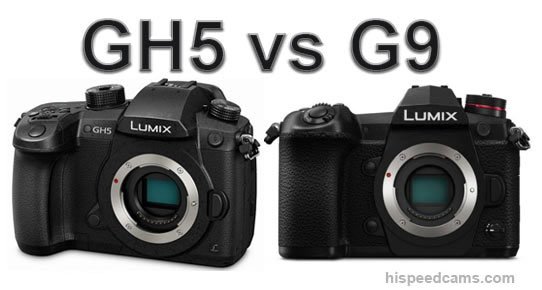There is an aura over the Panasonic GH5s that has not been seen in a m43 camera possibly ever. It is mainly due to the outstanding low light quality in 4k 24, 30p and 60p that beats full frame cameras like the Canon 5D Mark IV and competes head to head until ISO 25,600 with the king of low light the Sony a7s Mark II. But as always, our focus is on the high frame rates which the camera also does quite good on.
The 4k 60fps quality is very close to the 30p quality which means excellent and you can shoot at 60p at night without worrying about noise. The 240fps mode which is a first for a Lumix camera in full HD means that the camera aims to compete with Sony RX series cameras that have stacked sensors. We believe the quality to be acceptable but not good enough to be broadcast quality as stair stepping jaggies are all over the frame with the occasional moire pattern on fine detail that can break a shot. → Continue Reading Full Post ←
As suspected in a previous article from HSC the Panasonic G9 bitrate for VFR or high frame rate mode is much lower than on the GH5. The Manual has been released for the G9 showing this lower spec. It is of note that the codec used on both cameras is very efficient which lends itself to good quality even at 20mbps. However, for those that want to prioritize fine detail and the utmost sharpness, the GH5 will, in the end, be the better option for slow motion.
There is also the upcoming announcement rumor of the GH5s Lumix camera now with leaked images here with 240fps at full HD using a completely new sensor which may be able to improve of the GH5 slow-motion quality which in our analysis was lacking when using 150fps and 180fps on the regular GH5. Aliasing and moire were evident in footage which is not present in the 120fps mode. Considering the GH5s might be recycling the same image processing engine but with a new sensor, we may still see some artifacts. → Continue Reading Full Post ←
The Latest on Hi Speed Affordable Imaging!


